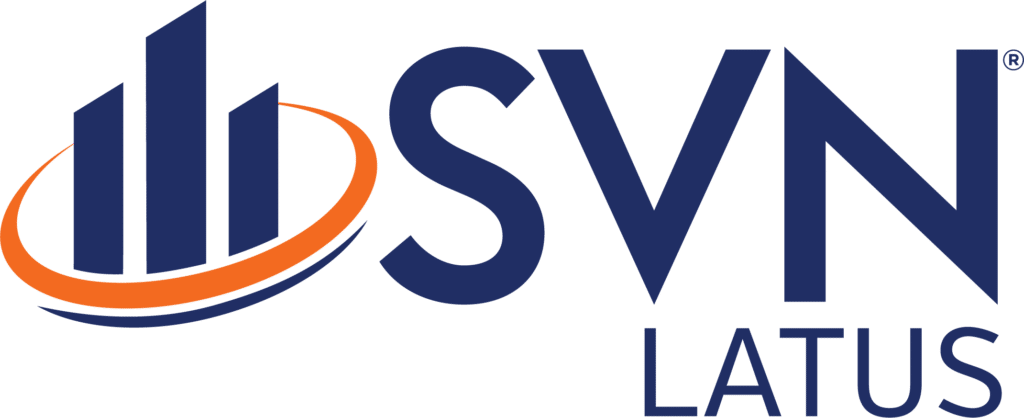Commercial property management is a multifaceted endeavor that involves a plethora of responsibilities, from tenant relations to financial management. Among the many crucial aspects of managing commercial properties, Common Area Maintenance (CAM) holds a significant position. CAM expenses are a fundamental component of multi-tenant leases for commercial properties, playing a pivotal role in maintaining the shared spaces within a property. Understanding CAM and managing it effectively is essential for both landlords and tenants to ensure the smooth operation and upkeep of commercial properties.
What is Common Area Maintenance (CAM)?
In the realm of commercial real estate, CAM refers to the costs associated with maintaining, operating, and repairing common areas within a property that are used by all tenants. It is most often used in retail and industrial leases. These common areas typically include shared bathrooms, lobbies, hallways, stairwells parking lots, elevators, landscaping, and other shared facilities, both interior and exterior. CAM charges are usually divided among tenants on a pro-rata basis, meaning each tenant pays a portion based on the size of their leased space relative to the total leasable area.
Components of CAM Expenses
CAM expenses encompass a wide range of costs incurred in managing and maintaining common areas. Some of the common components of CAM expenses include:
Utilities: Expenses related to electricity, water, gas, and sewer usage for common areas.
Janitorial Services: Costs associated with cleaning and maintaining common areas, including wages for janitorial staff, cleaning supplies, and equipment.
Landscaping and Groundskeeping: Expenses for maintaining outdoor areas, such as lawn care, tree trimming, gardening, and snow removal.
Repairs and Maintenance: Costs for repairing and maintaining common area infrastructure, including HVAC systems, elevators, roofing, plumbing, and lighting.
Property Management Fees: Charges for the services provided by property management companies, including administrative costs, portions of personnel salaries, and management overhead.
Insurance: Premiums for property insurance covering common areas, liability insurance, and other related coverage.
Taxes: Proportionate share of property taxes attributable to common areas.
Importance of CAM in Commercial Property Management
CAM serves as a mechanism for allocating the expenses associated with maintaining common areas among tenants. For landlords, CAM charges help offset the costs of operating and managing the property, ensuring that common areas are well-maintained and attractive to tenants and visitors. Effective CAM management contributes to tenant satisfaction, enhances the property’s curb appeal, and preserves its long-term value.
For tenants, understanding CAM charges is crucial for budgeting purposes and assessing the overall cost of occupancy. CAM expenses are often a significant component of a tenant’s overall lease expenses, alongside base rent and other additional charges. Tenants benefit from well-maintained common areas, which contribute to a positive environment for their businesses and customers.
Challenges in CAM Management
While CAM serves as a fair method for distributing common area expenses, its management can pose challenges for both landlords and tenants. Some common challenges include:
Transparency: Ensuring transparency in CAM charges and providing detailed breakdowns of expenses can be challenging but is essential for maintaining trust and fostering positive landlord-tenant relationships. Property managers should get competitive bids and seek the best combination of quality service and pricing.
Disputes: Disputes may arise between landlords and tenants regarding the calculation and allocation of CAM expenses, particularly if there is ambiguity in the lease terms or disagreements over the scope of services covered.
Budgeting and Forecasting: Landlords must accurately budget and forecast CAM expenses to avoid unexpected costs and ensure that CAM charges remain competitive within the market.
Compliance and Regulations: Staying compliant with local regulations and ordinances governing CAM charges requires diligent attention to detail and may vary depending on the jurisdiction.
Best Practices for CAM Management
To navigate the complexities of CAM effectively, landlords and property managers can adopt several best practices:
Clear Lease Agreements: Drafting clear and comprehensive lease agreements that define CAM expenses, the calculation methodology, and any exclusions or limitations is crucial for avoiding misunderstandings and disputes.
Regular Communication: Maintaining open lines of communication with tenants regarding CAM expenses, including providing advance notice of any changes or updates, can help foster transparency and mitigate potential conflicts.
Regular Maintenance and Inspections: Implementing a proactive maintenance schedule for common areas and conducting regular inspections can help identify issues early and prevent costly repairs, ultimately reducing CAM expenses in the long run.
Benchmarking and Cost Analysis: Continuously benchmarking CAM expenses against industry standards and conducting cost analyses can help landlords identify opportunities for cost savings and optimization.
Technology Integration: Leveraging property management software and technology solutions can streamline CAM administration, automate billing processes, and provide tenants with real-time access to CAM-related information.
Common Area Maintenance (CAM) is a critical aspect of commercial property management, encompassing the expenses associated with maintaining shared areas within a property. Effective CAM management requires collaboration between landlords, property managers, and tenants to ensure transparency, fairness, and efficiency in allocating expenses. By adopting best practices, communicating openly, and leveraging technology, stakeholders can navigate CAM effectively, enhancing the overall value and appeal of commercial properties.

